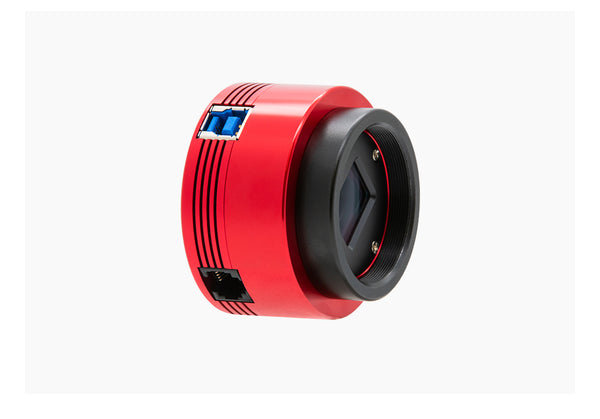
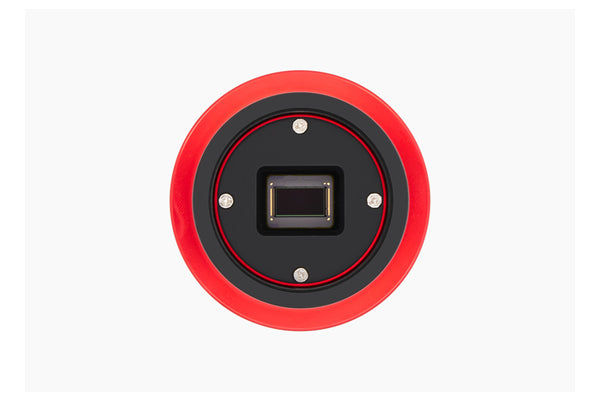
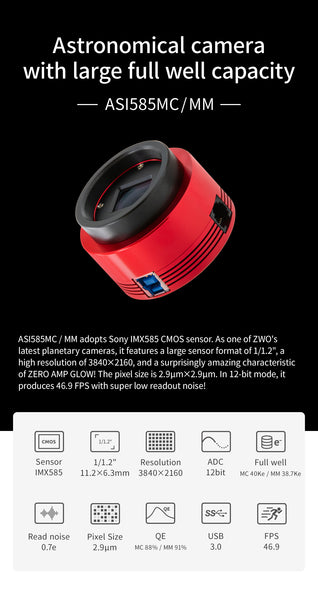
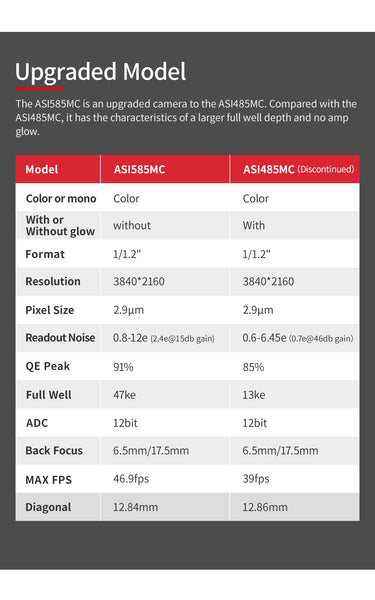
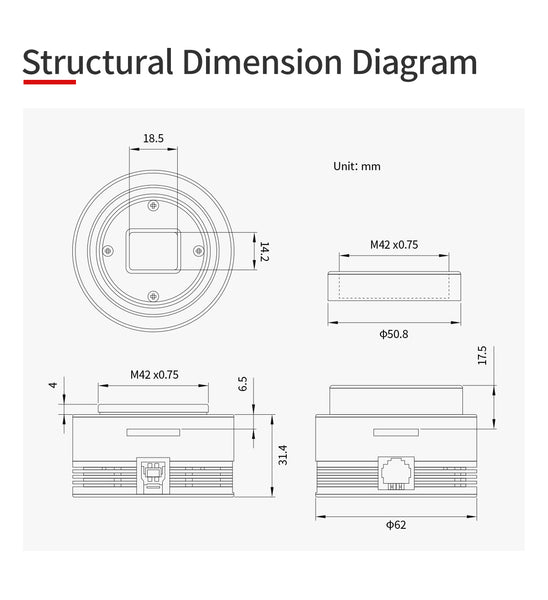
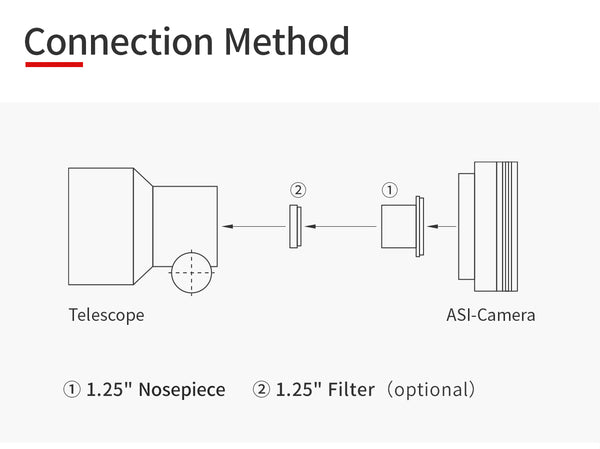
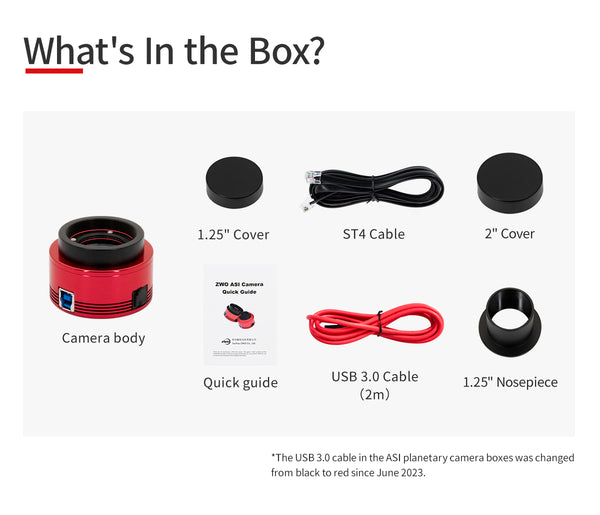
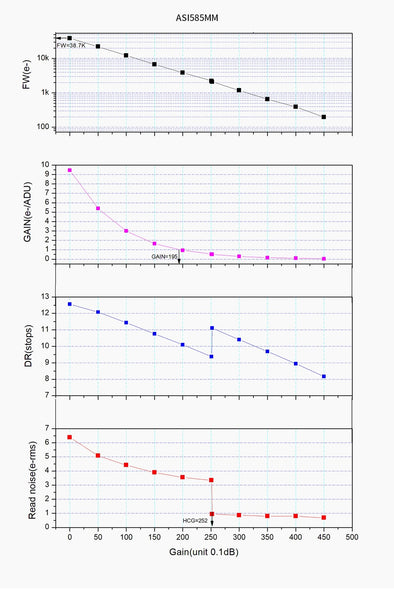
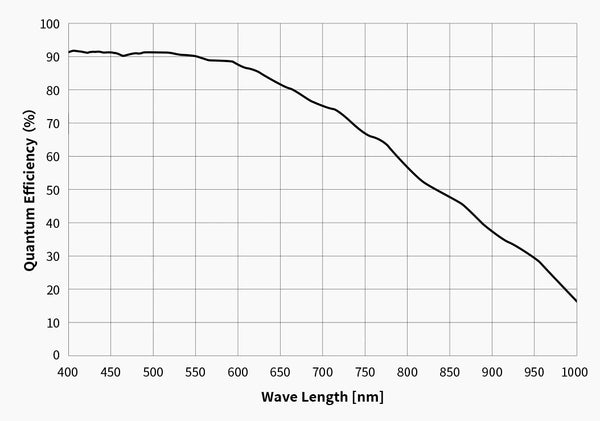









Produits de la même famille
Why Purchase from All-Star Telescope?
Free Expert Support
Whether you are a first timer needing help with setting up or an enthusiast that can't quite make that one thing work, our expert staff are ready to support your needs. With decades of knowledge and first hand experience we've been there and we can help you through it!
Stress Free, Secure Transactions
You can trust purchasing and delivery with All-Star Telescope. All of our transactions are 100% secure and Level 1 PCI DSS compliant thanks to Shopify's ShopPay platform. For additional protection, we insure 100% of the value of every shipment we make. If it get's lost during shipment, we replace it. If it gets damaged during shipment, we replace it. We make sure your product arrives exactly as you would expect it to; we promise.
We also ensure privacy protection. We never keep any of your credit card information on file and any of your personal data is stored according to our policies.
30 Day Return Policy
Buy with confidence knowing that we accept returns up to 30 days after purchase. We want you to have something you will actually use and we are confident that we keep good quality products in our store with No Junk.
Price Match Promise
Shipping around for the best price is tough, we make it easier by offering the best pricing in the market. But if you find a better price on an in-store item somewhere else we will match it!
Description du produit
ASI585MM adopts Sony IMX585 CMOS sensor. As one of ZWO's latest OSC planetary cameras, it features a large sensor format of 1/1.2", a high resolution of 3840*2160, and a surprisingly amazing characteristic of ZERO AMP GLOW! The pixel size is 2.9um*2.9um. In 12-bit mode, it produces 46.9 FPS with super low readout noise!
8.29MP Sensor
ASI585MM has the same pixel size of the ASI462MC at 2.9um, but its resolution is 4 times that of ASI462MC, which is a total of 8.29 megapixels. The sensor size is 11.13*6.26mm, and the diagonal length is 12.84mm. The 1/1.2" large sensor format makes it very suitable for solar and lunar imaging. It can also be used as an all-sky camera or live camera to observe and monitor cloud cover, rain, meteors and other weather conditions.
Starvis 2
ASI585MM adopts the latest SONY IMX585 sensor with STARVIS 2 technology.
Featuring zero amp glow, lower dark current noise, and 3 times larger full well capacity, this camera is regarded as an upgrade of ASI485. It is also more sensitive to compared to ASI485, especially in >850nm wavelength range, its light sensitivity is 1.5 times greater than ASI485MC (reaching a QE peak of 91%).
Large Full Well Depth
Thanks to the back-illuminated sensor structure and advanced pixel technology, the camera has very low readout noise and a large full well depth (38.7Ke). Especially in low light conditions, the camera performs excellent, capturing very clear images of celestial objects.
Low Read Noise, High Dynamic Range
The camera has a built-in HCG mode, which can effectively reduce readout noise at high gain and allow the camera to maintain the same high dynaic range as it does at low gain. When the gain is 252, the HCG mode is auto-matically turned on and the daynamic range reachs a level close to 12bit.
The readout noise is as low as 0.7e.
Specifications
| Sensor | 1/1.2" CMOS Sony-IMX585AAQJ1-M |
| QE peak | 91% |
| Back focus length | 6.5mm/17.5mm |
| Max fps | 46.9fps |
| Full well | 38.7Ke |
| Shutter | Rolling shutter |
| Resolution | 8.29Mega Pixel, 3840*2160 |
| Pixel Size | 2.9µm |
| Exposure Range | 32μs~2000s |
| Interface | USB 3.0 /USB 2.0 Type-B |
| Protect window | φ32-2 AR |
| ADC | 12bit |
| Dimension | 11.136mm*6.264mm |
| Weight | 126g |
| Working Temperature | -5°C~50°C |
| Storage Temperature | -10°C~60°C |
| Working Relative Humidity | 0-80% |
| Supported OS | WIN7/8/10/11 32&64, Linux, Mac |





Articles, vidéos et liens supplémentaires
External Links
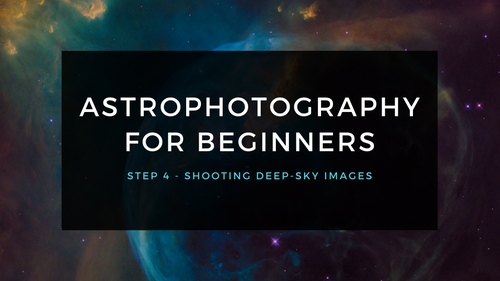
Astrophotographie pour les débutants Étape 4 : Prendre des images du ciel profond
Prendre des photos du ciel profond peut être intimidant, heureusement, il existe un processus simple à suivre pour vous permettre d'obtenir de superbes photos ! Voici le processus typique pour pren...
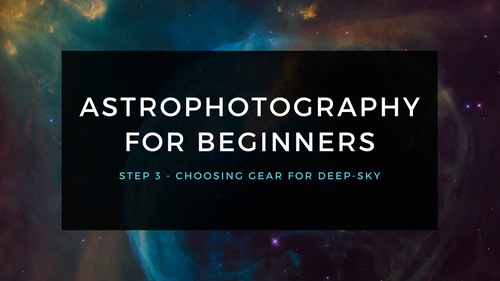
Astrophotographie pour les débutants Étape 3 : Choisir l'équipement pour l'imagerie du ciel profond
L'utilisation d'un capteur d'étoiles vous permet d'acquérir de l'expérience avec les principes fondamentaux de l'imagerie du ciel profond. Tirer sur la Lune vous permet d'acquérir de l'expérience ...
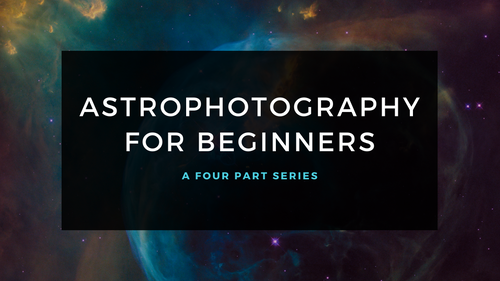
Astrophotographie pour les débutants - Commencer ici : Entrer dans l'astrophotographie étape par étape
Photographier le ciel nocturne n'a jamais été aussi populaire, ni aussi facile. Le choix d'équipement n'a jamais été aussi meilleur, ni plus abordable. Cependant, selon les conseils donnés par Dick...
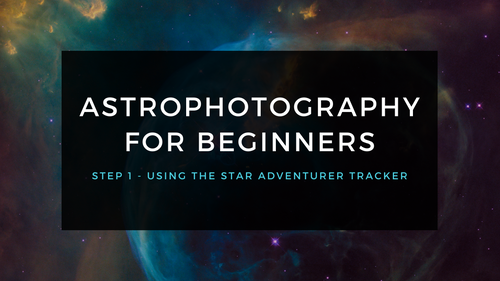
Astrophotographie pour les débutants Étape 1 : Utilisation du Star Adventurer Tracker
Le moyen de loin le plus économique et le plus simple de capturer de belles images de la Voie lactée et de grands objets du ciel profond comme la galaxie d'Andromède (illustré ici) est d'utiliser u...
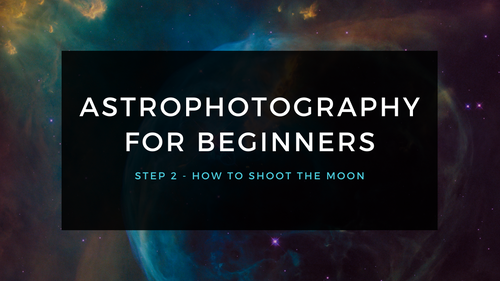
Astrophotographie pour les débutants Étape 2 : Comment photographier la Lune
Les gros plans de la Lune sont gratifiants et constituent un moyen facile d'apprendre à photographier à travers votre télescope. Bien que de bons résultats soient possibles avec un appareil photo d...


